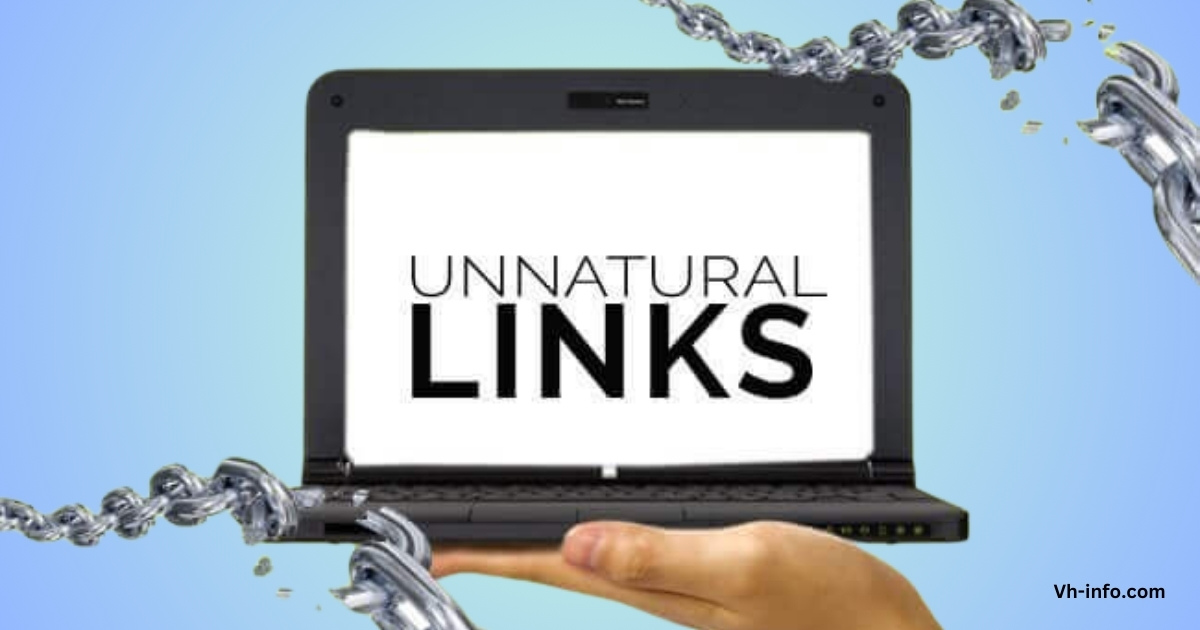In the world of search engine optimization (SEO), building a strong backlink profile is crucial for improving your website’s visibility and organic traffic.
However, not all links are created equal. Some links, known as “unnatural links,” can actually harm your site’s ranking and lead to penalties from Google.
In this comprehensive guide, we’ll dive into what unnatural links are, how they impact your SEO, and the steps you can take to identify and remove them from your link profile.
What Are Backlinks?
Before we dive into unnatural links, let’s start with the basics. A backlink is simply a link from one website to another. When another site links to your content, it’s essentially giving your site a “vote of confidence,” signaling to search engines that your content is valuable and relevant. As a link-building agency ourselves, we know more than anyone else that building a good backlink profile is important for boosting your site’s authority and rankings.
What Are Unnatural Links?
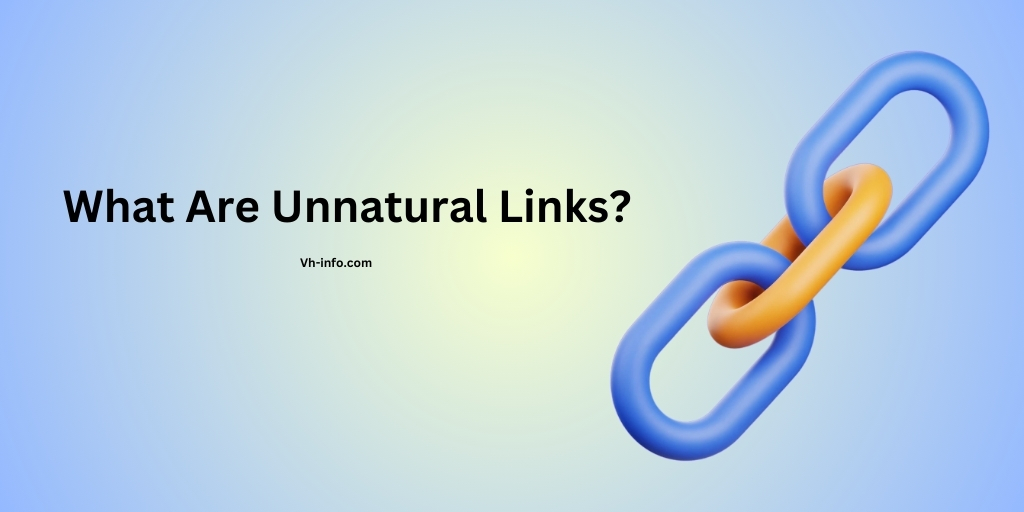
Unnatural links are links that have been artificially created or obtained, often through manipulative tactics, with the sole purpose of boosting a website’s ranking in Google search results. These links typically come from low-quality, irrelevant websites and do not provide any real value to users.
Why does Google care about Unnatural Links?
Google’s primary goal is to provide users with the most relevant and high-quality search results possible. When websites engage in link schemes or other manipulative practices to gain an unfair advantage in the search rankings, it undermines the integrity of Google’s search results and negatively impacts the user experience.
How Unnatural Links Impact SEO?
Unnatural links, also known as bad links, can have a detrimental effect on your website’s SEO. When Google detects a significant number of unnatural links pointing to your site, it may issue a manual action or an algorithmic penalty.
These penalties can result in a dramatic drop in your website’s ranking, leading to a decrease in organic traffic and potential loss of revenue. It is important to regularly monitor and remove any unnatural links to maintain your site’s ranking and avoid penalties from search engines.
To find out how many backlinks you need to rank, first check the search results for your keyword. Study the top pages’ backlink profiles for guidance on what you’ll need.
Google’s Stance on Unnatural Links
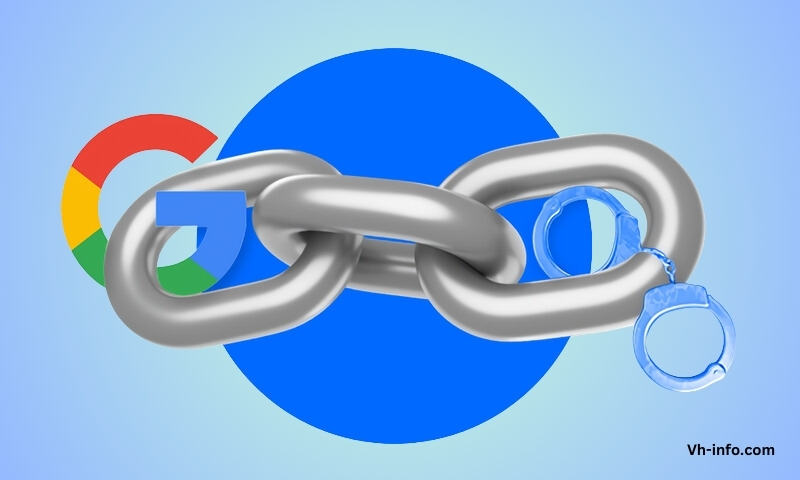
Google’s Definition of Unnatural Links
According to Google’s Webmaster Guidelines, unnatural links are defined as links that are not editorially placed or vouched for by the site’s owner on a page. These links are often part of a link scheme, which is an attempt to manipulate a site’s ranking in Google search results.
Google’s Response to Unnatural Links
When Google detects unnatural links pointing to a website, it may take action in the form of a manual penalty or an algorithmic adjustment. Manual penalties are issued by Google’s web spam team and can result in a site being removed from the search results entirely. Algorithmic adjustments, such as the Penguin update, are automated and can cause a site’s ranking to drop significantly.
How can you Align with Google’s Guidelines?
To avoid penalties and maintain a healthy backlink profile, it’s essential to follow Google’s guidelines for link building. Focus on creating high-quality, relevant content that naturally attracts links from authoritative websites in your niche. Avoid participating in link schemes, buying links, or engaging in excessive link exchanges.
Google Penalties for Unnatural Links
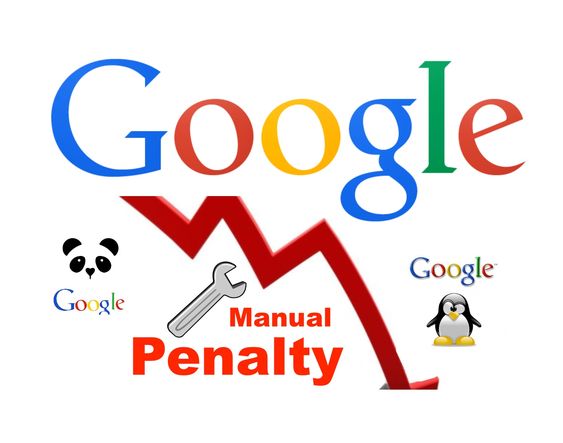
Google has a variety of penalties it can impose on websites with unnatural links. These penalties can range from a slight decrease in ranking to complete removal from the search results. Some common penalties include:
- Manual Actions: These are penalties issued by Google’s web spam team and can result in a site being removed from the search results until the issue is resolved.
- Algorithmic Penalties: These are automated penalties, such as the Penguin update, that can cause a site’s ranking to drop significantly.
- Link-Based Penalties: These penalties specifically target websites with unnatural or spammy backlink profiles.
Why Unnatural Links Are Harming Small Businesses?

Small businesses are particularly vulnerable to the negative effects of unnatural links. Often, these businesses lack the resources and expertise to properly monitor and maintain their backlink profiles. As a result, they may unknowingly participate in link schemes or fall victim to negative SEO attacks, which can lead to severe penalties and a significant loss of organic traffic and revenue. It is important for small businesses to regularly review and remove any spammy links from their user profiles to avoid these harmful consequences.
Common Types of Unnatural Links
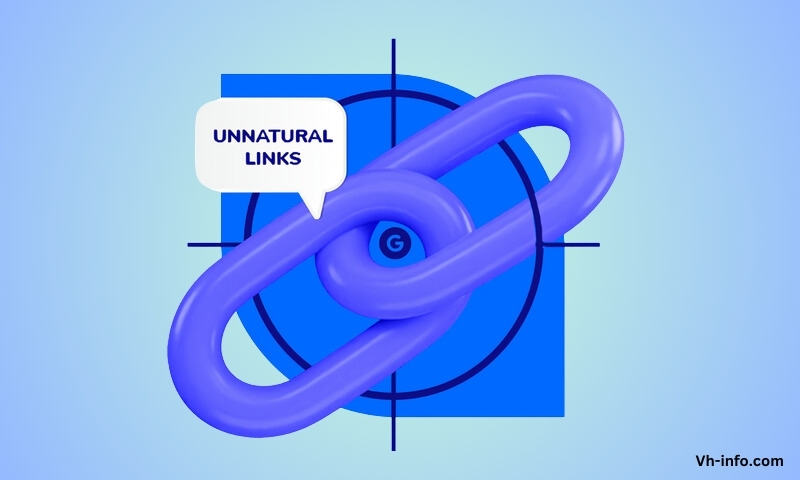
There are several types of unnatural links that can harm your website’s SEO. Some of the most common include:
1. Blog Comments or Forum Posts
Leaving spammy comments or posts on blogs and forums with the sole purpose of building links is considered an unnatural linking practice.
2. Spam Listings
Links from low-quality directories or listings that exist solely for the purpose of link building are considered unnatural.
3. Low-Quality Directories
Submitting your website to low-quality, irrelevant directories can result in unnatural links.
4. Link Exchanges
Engaging in excessive link exchanges, where websites agree to link to each other solely for the purpose of boosting their link profiles, is considered a manipulative practice.
5. Poor Quality PBNs
Private Blog Networks (PBNs) that consist of low-quality, irrelevant websites created solely for the purpose of building links are a common source of unnatural links.
6. Sitewide Links
Having a large number of links from the same website, especially in the footer or sidebar, can be seen as an unnatural linking practice.
7. Automatically Generated Links
Links created by automated software or scripts, without any editorial control or oversight, are considered unnatural.
5 Easy Steps to Finding Unnatural Links
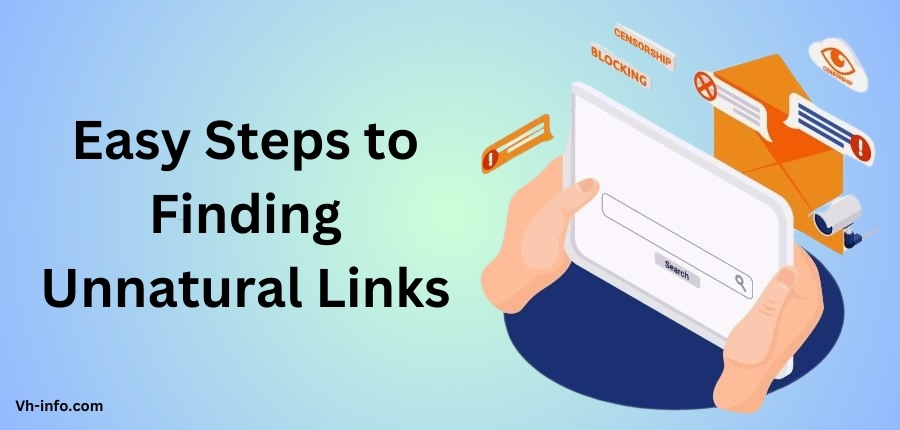
Identifying unnatural links in your backlink profile is crucial for maintaining your website’s SEO health.
Here are five steps to help you find and address these harmful links:
Step 1: Use a Tool Like SEMrush, Ahrefs, Majestic, Etc.
Utilize a backlink analysis tool to gather a comprehensive list of all the links pointing to your website. These tools provide valuable insights into your backlink profile, including the quality and relevance of each link.
Step 2: Perform a Backlink Audit
Conduct a thorough audit of your backlink profile, looking for any suspicious or low-quality links. Pay attention to factors such as the linking website’s domain authority, relevance to your niche, and the anchor text used in the link.
Step 3: Sort Through the Backlinks
Organize your backlinks based on their quality and relevance. Separate the natural, high-quality links from the potentially unnatural ones.
Step 4: Manually Review the Sites
Take the time to manually review each website that is linking to your site. Look for signs of low quality, such as thin content, excessive ads, or a lack of editorial control.
Step 5: Upload Your Disavow File
If you identify any unnatural links that you cannot remove through outreach, create a disavow file and submit it to Google Search Console. This file tells Google to ignore these links when evaluating your site’s ranking.
How to Remove Unnatural Links From Your Link Profile?
Once you’ve identified the unnatural links in your backlink profile, it’s time to take action to remove them.
Here are some steps you can take:
- Reach Out to Webmasters: Contact the owners of the websites linking to you and request that they remove the unnatural links.
- Use Google’s Disavow Tool: If you’re unable to have the links removed, you can use Google’s Disavow Tool to tell Google to ignore these links when evaluating your site.
- Monitor Your Backlink Profile: Regularly monitor your backlink profile to ensure that no new unnatural links appear.
Examples of Unnatural Links
To help you better understand what unnatural links look like, here are some common examples:
1. Link Schemes
Participating in link schemes, such as link farms or link networks, where the sole purpose is to manipulate search rankings.
2. Low-Quality Directories and Bookmarking Sites
Submitting your website to low-quality directories or bookmarking sites that have no editorial control or relevance to your niche.
3. Link Exchanges
Engaging in excessive link exchanges with other websites solely for the purpose of boosting link profiles.
4. Injected Links
Having links injected into your website’s content without your knowledge or consent, often as a result of a hacking attempt.
5. Sitewide Links
Having a large number of links from the same website, especially in the footer or sidebar, which can appear unnatural to search engines.
6. Widgets
Using widgets or infographics that contain embedded links and distributing them across multiple websites.
7. Press Releases and Syndicated Content
Distributing press releases or syndicated content with optimized anchor text links across multiple low-quality websites.
8. Paid Links
Buying links from other websites or participating in link-selling schemes.
9. Blog Comments
Leaving spammy comments on blog posts with the sole purpose of building links back to your website.
10. Forums
Participating in forum discussions and including links to your website in your forum signature or posts without providing any real value to the conversation.
11. Redirected Domains
Purchasing expired domains with strong backlink profiles and redirecting them to your website to inherit their link equity.
FAQ’s:
What defines a link as “unnatural” in Google’s eyes?
Unnatural links are links that have been artificially created or obtained, often through manipulative tactics, with the sole purpose of boosting a website’s ranking in Google search results. These links typically come from low-quality, irrelevant websites and do not provide any real value to users.
What do you mean by unnatural links to the website?
Unnatural links to a website are links that have been created through manipulative practices, such as link schemes, paid links, or low-quality directory submissions. These links are not naturally earned and do not reflect the true popularity or relevance of the website.
Can unnatural backlinks hurt the SEO of the website?
Yes, unnatural backlinks can significantly hurt a website’s SEO. When Google detects a large number of unnatural links pointing to a site, it may issue a manual action or an algorithmic penalty, resulting in a dramatic drop in the site’s ranking and organic traffic.
How can website owners detect unnatural links?
Website owners can detect unnatural links by using backlink analysis tools like SEMrush, Ahrefs, or Majestic to gather a comprehensive list of links pointing to their site. They should then conduct a thorough backlink audit, looking for suspicious or low-quality links, which is the first step in identifying and removing them for better SEO. These may include links from link farms, link directories, or those generated by automated software or automatic backlink services. Additionally, website owners can use Google Analytics and Google Search Console to track their search performance and identify any potential issues with their backlinks.
Can I remove unnatural links myself, or do I need professional help?
In many cases, website owners can remove unnatural links themselves by reaching out to webmasters and requesting link removal or by using Google’s Disavow Tool. However, if the situation is complex or the website has received a manual penalty, it may be beneficial to seek the help of an experienced SEO professional to improve the website’s SEO practices and ensure long-term success and sustained growth.
How long does it take to recover from a penalty for unnatural links?
The time it takes to recover from a penalty for unnatural links varies depending on the severity of the issue and the steps taken to resolve it.
In some cases, recovery can take a few weeks, while in others, it may take several months. The key is to act quickly, thoroughly address the unnatural links, and follow Google’s guidelines for reconsideration.
Is it possible to prevent all unnatural links?
While it’s not possible to prevent all unnatural links from ever pointing to your website, there are steps you can take to minimize the risk. These include regularly monitoring your backlink profile, avoiding participation in link schemes, and focusing on creating high-quality, valuable content that naturally attracts links from reputable websites as the best way to maintain a healthy DR and promote your own site.
Why is it important to take care of unnatural links as soon as possible?
It’s crucial to address unnatural links as soon as they are detected because the longer they remain in your backlink profile, the more damage they can cause to your website’s SEO. Prompt action can help minimize the impact of a potential penalty and make the recovery process faster and easier.
Should I do anything about unnatural links?
Yes, if you discover unnatural links pointing to your website, it’s essential to take action to remove them. Ignoring unnatural links can lead to severe consequences for your site’s ranking and organic traffic. By proactively addressing these links, you can maintain a healthy backlink profile and avoid potential penalties from Google.
Conclusion
Unnatural links pose a significant threat to your website’s SEO and can result in harsh penalties from Google.
By understanding what unnatural links are, how to identify them, and the steps you can take to remove them, you can protect your site’s ranking and maintain a healthy, natural backlink profile.
Remember to focus on creating high-quality, valuable content that attracts links naturally, and regularly monitor your backlink profile for any suspicious or low-quality links. If you do discover unnatural links, act quickly to address them, either by reaching out to webmasters for removal or by using Google’s Disavow Tool.
By staying vigilant and following best practices for link building, you can ensure that your website continues to thrive in Google search results and provide value to your audience.

